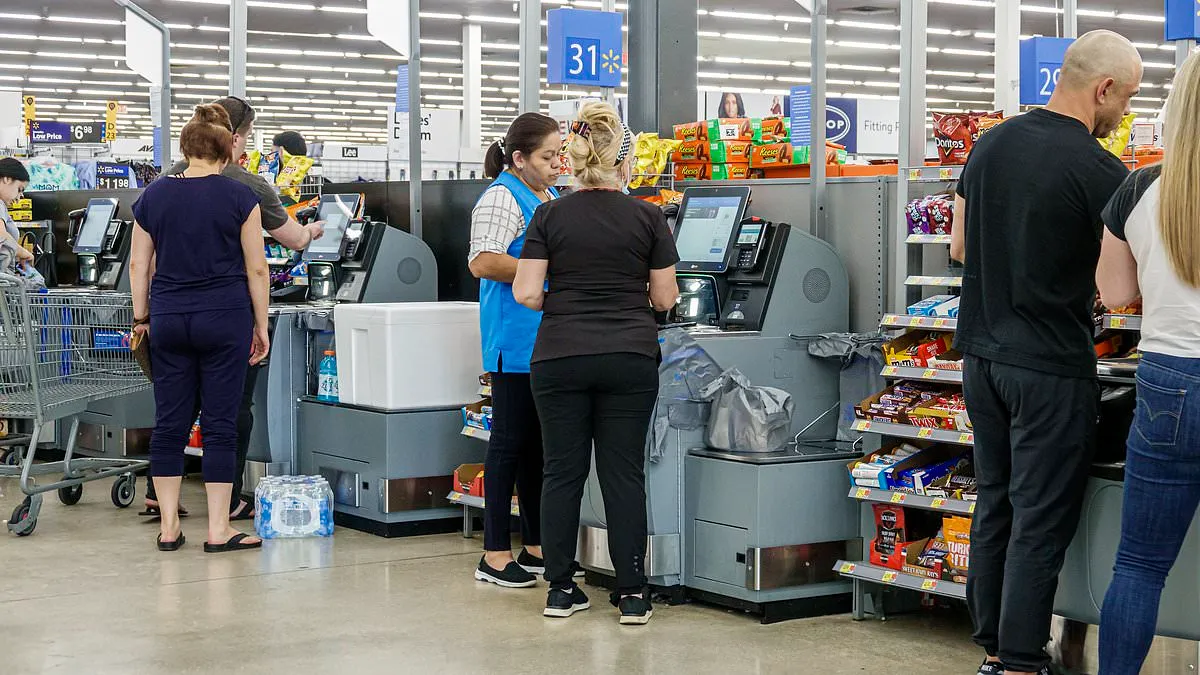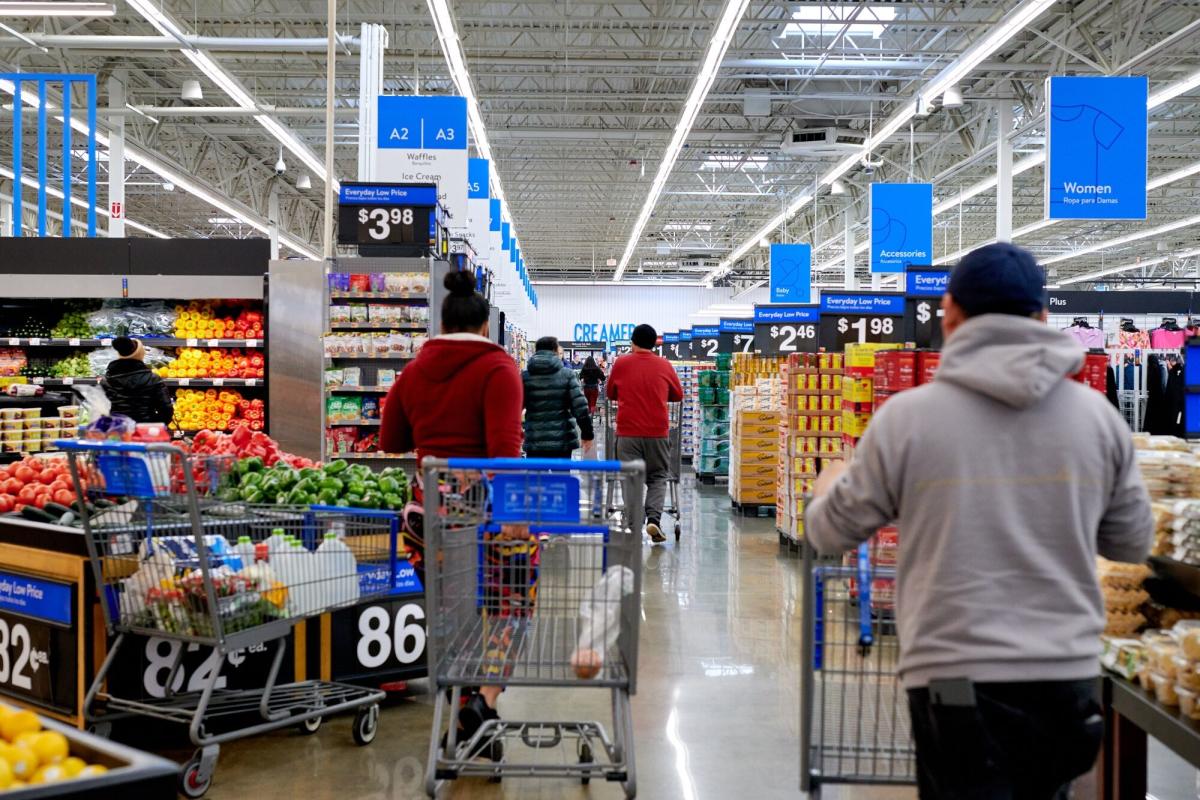In what could be described as a retail hiccup, Walmart found itself grappling with a significant pricing discrepancy across 1,600 of its U.S. stores. The incident, which unfolded in March, was not just a minor error but a sprawling mishap that saw items being tagged at incorrect prices—some too low and others alarmingly high. This mispricing saga, as reported by Bloomberg on May 29, highlights the challenges and pitfalls of modern retail technology.
The root of the problem was traced back to an internal system failure, which disrupted the flow of accurate price data to Walmart’s self-checkout stands. This glitch led to widespread pricing errors beginning March 19, raising alarms about potential breaches of consumer protection laws and the subsequent legal and regulatory repercussions for the retail giant.

Customer First: Walmart’s Response to the Crisis
As soon as the pricing irregularities were detected, Walmart moved quickly to mitigate the impact. According to Mischa Dunton, a spokesperson for the retail giant, over 80% of the customers who were overcharged due to this glitch have been reimbursed. This prompt action reflects the company’s commitment to customer satisfaction and trust, but the journey toward rectifying these errors was fraught with challenges.
Despite these efforts, legal experts remain skeptical. Christopher Peterson, a law professor at the University of Utah, pointed out to Bloomberg that such pricing errors could lead to millions of dollars in illegal overcharges. The scale of the error underlines the severe consequences of technological glitches in retail settings.
Bill Kovacic, a professor at George Washington University Law School, elaborated on the potential legal outcomes. He noted that state and federal authorities would likely scrutinize the retail company’s actions, focusing on whether the company made a good-faith effort to reimburse affected customers and prevent future occurrences.

Beyond the Checkout: Walmart and Technological Challenges
Interestingly, the pricing issue was just one of several technological hurdles Walmart faced in recent months. The retailer also dealt with cash register malfunctions and website outages in February, alongside disruptions to photo and vision prescription orders in March. These incidents were described by the company as isolated anomalies, underscoring the inherent risks tied to integrating sophisticated technologies in a vast retail network.
As a result of these ongoing issues, Walmart reportedly began reconsidering its approach to self-checkout technology, either limiting its use to subscribers or deciding its implementation on a store-by-store basis. This strategic pivot suggests a broader reflection within the company about how best to balance technological innovation with reliable customer service.

Looking Ahead: Lessons from the Checkout Line
Walmart’s mispricing ordeal serves as a cautionary tale for retailers dabbling in technology-driven solutions. It underscores the importance of robust system checks and the need for quick, transparent responses to maintain consumer trust. As retail giants like Walmart continue to innovate, the lessons learned from such incidents will be crucial in shaping more resilient and customer-friendly shopping environments.
In the end, Walmart’s experience highlights a critical aspect of retail in the digital age: the need to continually adapt and respond to the challenges posed by technology, all while keeping the customer’s best interests at heart.










